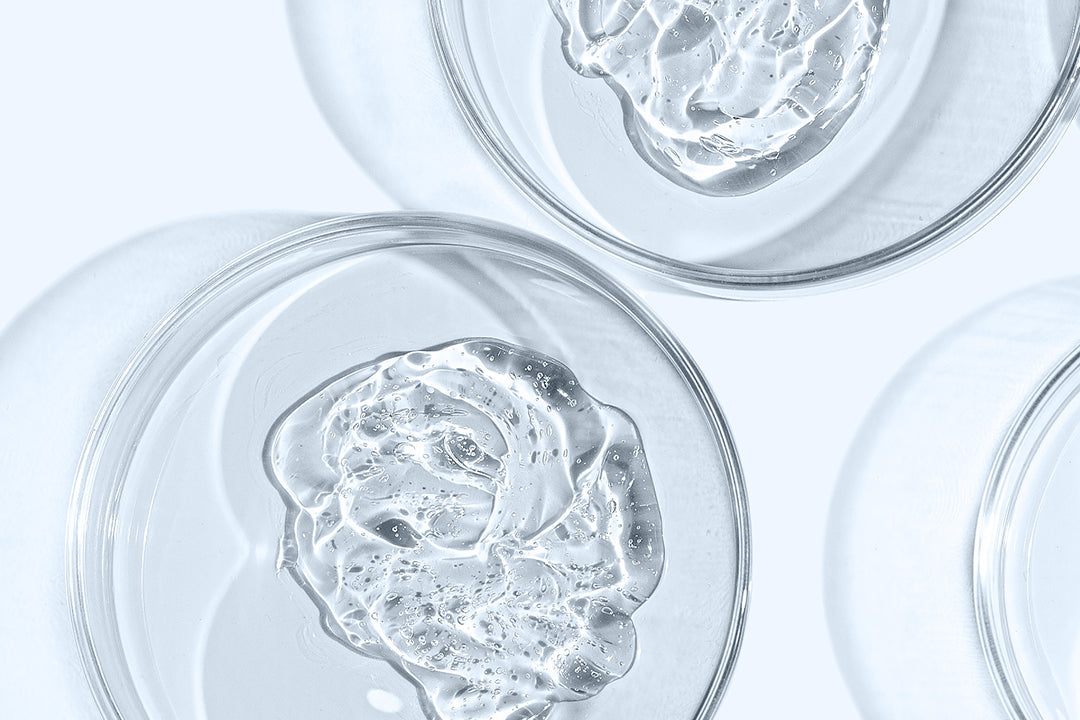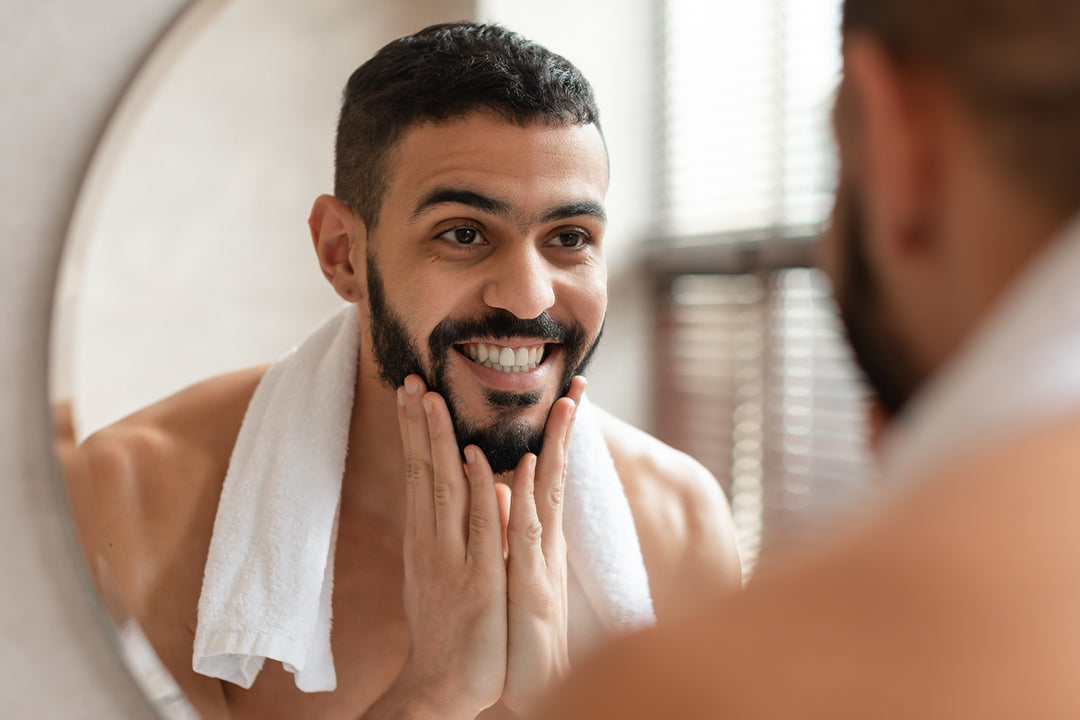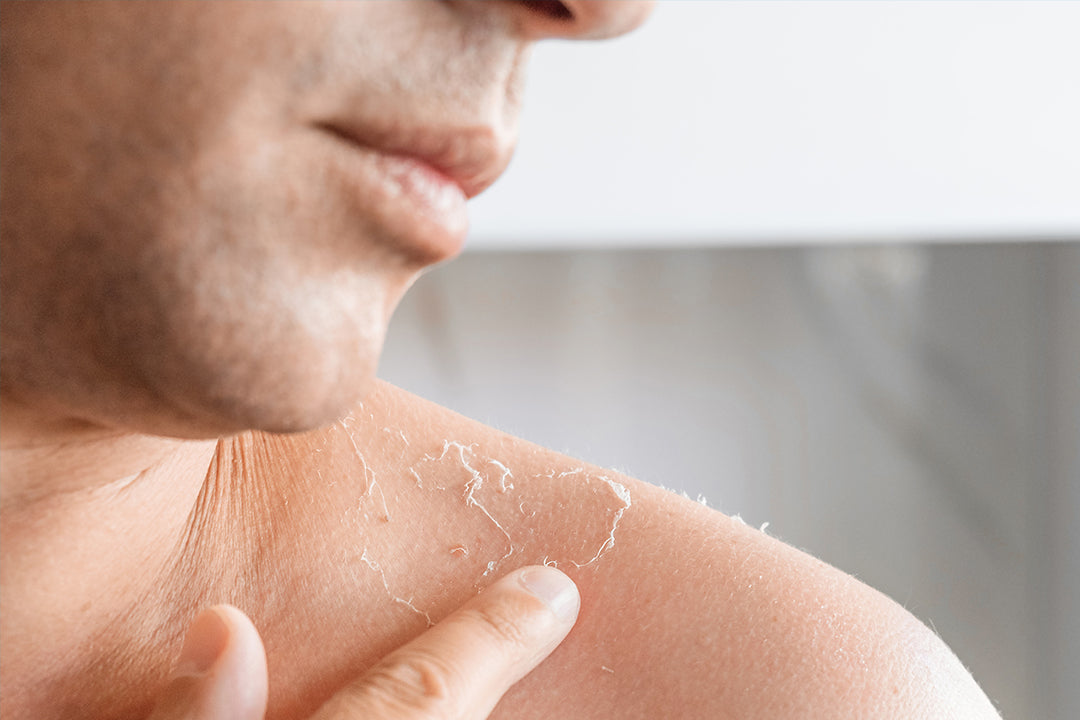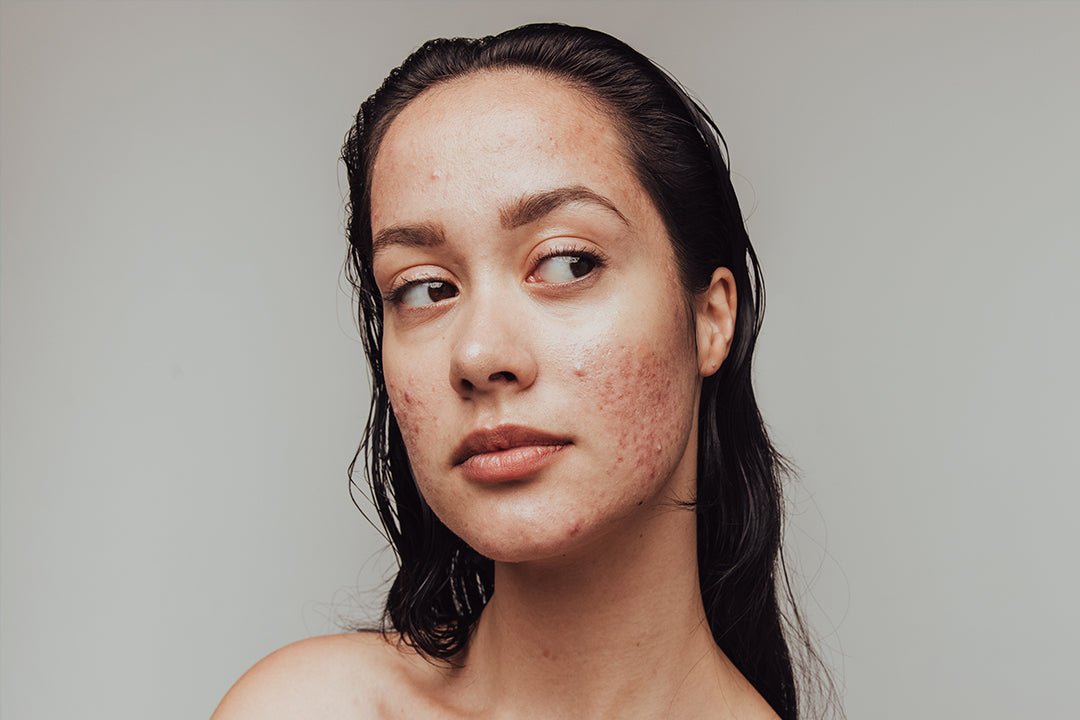Skincare acids like AHAs (alpha-hydroxy acids) and BHAs (beta-hydroxy acids) have become essential components in many skincare routines. But what exactly are they, how do they differ, and which one is best for your skin? This guide will break down the key differences and benefits of these powerful exfoliants.
What Are AHAs?
AHAs are water-soluble acids derived from natural substances like fruits, sugar cane, and milk. They work on the surface of the skin, gently exfoliating to remove dead skin cells and reveal a brighter, smoother complexion.
Common AHAs:
-
Glycolic Acid (from sugar cane)
-
Lactic Acid (from milk)
-
Mandelic Acid (from almonds)
Benefits of AHAs:
-
Improves Texture: Reduces rough patches and uneven skin tone.
-
Boosts Radiance: Reveals brighter, more luminous skin.
-
Targets Fine Lines: Promotes collagen production to reduce the appearance of wrinkles.
-
Ideal For: Dry, dull, or sun-damaged skin.
QRxLabs Product Highlight:
Our Glycolic Acid 20% Resurfacing Pads offer a gentle yet effective exfoliation, perfect for brightening and smoothing skin.
What Are BHAs?
BHAs are oil-soluble acids, meaning they can penetrate deeper into the skin to target clogged pores. This makes them ideal for oily and acne-prone skin.
Common BHAs:
-
Salicylic Acid (from willow bark)
Benefits of BHAs:
-
Clears Pores: Dissolves excess oil and unclogs pores.
-
Calms Inflammation: Reduces redness and irritation.
-
Fights Acne: Targets blackheads, whiteheads, and breakouts.
-
Ideal For: Oily, acne-prone, or combination skin.
QRxLabs Product Highlight:
Our Salicylic Acid Cleanser is a gentle yet powerful solution for keeping pores clear and reducing breakouts.
AHAs vs. BHAs: Which One Should You Choose?
-
For Dry or Dull Skin: AHAs are your best friend, providing surface-level exfoliation and hydration for a radiant glow.
-
For Oily or Acne-Prone Skin: BHAs are ideal, penetrating deep into the pores to reduce excess oil and prevent breakouts.
-
For Combination Skin: You can use both! Alternate between AHAs and BHAs or use them on different areas of your face to address specific concerns.
How to Use AHAs and BHAs in Your Routine
-
Don’t Overdo It: Use AHAs or BHAs 2-3 times a week to start, gradually increasing frequency as your skin adapts.
-
Follow with Hydration: Always follow exfoliation with a hydrating product like our Squalane HA+ Moisturizing Cream to lock in moisture.
-
Wear Sunscreen: Both AHAs and BHAs can make your skin more sensitive to the sun, so always apply SPF during the day.
Understanding the difference between AHAs and BHAs helps you make informed decisions about your skincare routine. Whether you’re looking to brighten, smooth, or clear your skin, QRxLabs has the science-backed solutions to meet your needs.





